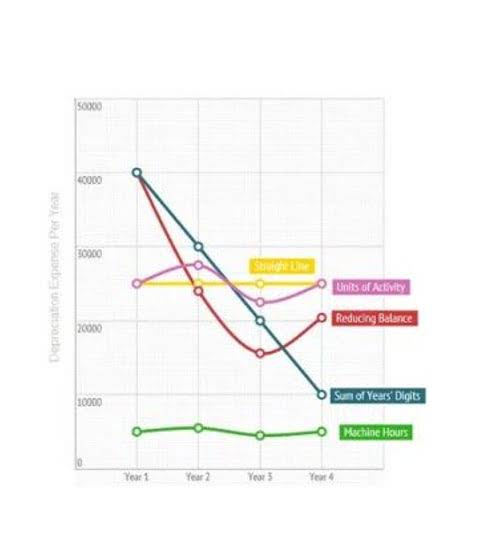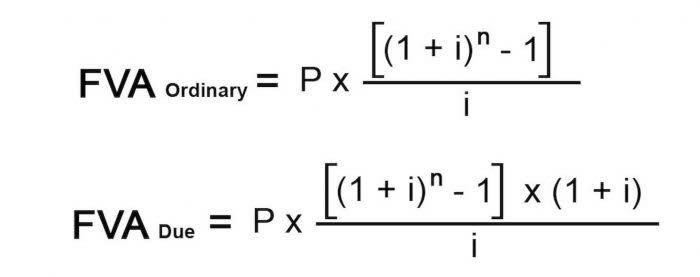Obsolete Inventory Allowance
21 April 2022
When the inventory is finally disposed of the allowance for obsolete inventory is cleared. The expenditure incurred on the purchase of a fixed asset is known as a capital expense. Capital expenditure is a fixed asset that is charged off as depreciation over a period of years. Depreciation is the reduction in the value of a fixed asset due to usage, wear and tear, the passage of time, or obsolescence. The stock market “graveyards” are littered with dead companies whose products or technology were rendered obsolete. Examples are the technology companies Control Data and Digital Equipment from Morgan Stanley’s 1982 “recommended” buy list.
- The financial implications of obsolete inventory extend far beyond the immediate write-downs on the balance sheet.
- Because large losses are realized early, the tax benefit will be spread over a longer period.
- Obsolescence refers to the state of being outdated or no longer useful, typically as a result of new technologies or innovations.
- 11 Financial’s website is limited to the dissemination of general information pertaining to its advisory services, together with access to additional investment-related information, publications, and links.
- The concept of useful life represents the period beyond which it would not be practical to use an asset anymore.
How Does Obsolete Inventory Affect Financial Ratios?
Too little inventory can lead to lost sales and unhappy customers, while too much inventory can tie up valuable resources and result in excess costs. There are many different ways to keep track of inventory, but one of the most important things is to have a system in place that works for your company. This might involve using software to track inventory levels, or it could be as simple as keeping a physical count of what is on hand. The management of fixed assets can be quite a challenge for any business, from sole proprietorships to global corporations. Not only do companies need to track their asset purchases, depreciation, sales, disposals, and capital expenditures, they also need to be able to generate a variety of reports.
What is the approximate value of your cash savings and other investments?
It is important to follow generally accepted accounting principles and to consult with accounting experts as needed to ensure accurate and appropriate accounting treatment. You may know that a particular business asset is obsolete in general because you have replaced it with a newer model. At the end of the year, company has to record the inventory obsolete which equals 5% of the total inventory. We assume that the company does not has any provision in the past, so they have to record the inventory obsolete for the total inventory. Also, depreciation expense is merely a book entry and represents a “non-cash” expense.
Financial Implications and Impact on Statements
Utilizing advanced predictive analytics can help businesses anticipate market trends and consumer preferences more accurately. By aligning inventory levels with anticipated demand, companies can reduce the risk of overstocking items that may become obsolete. The inventory will remain on the company balance sheet for quite some time before reaching obsolescence accounting the expired date and becoming obsolete. By that time, we are sure about the total amount of obsolete inventory which should record as expense (cost).
Why should depreciation be calculated?

Under the straight-line method, this would provide an annual depreciation amount of $12,000. Also, when you sell the truck to the dealer after five years, the sales price will be $20,000, and the book value will be $20,000, so there would be neither a gain nor a loss on the sale. A company will account for some events for long-term assets that are less routine than recording purchase and depreciation or amortization. For example, a company may realize that its original estimate of useful life or salvage value is no longer accurate. A long-term asset may lose its value, or a company may sell a long-term asset. The reduction in value due to obsolescence is recognized as an expense in the financial statements and is typically recorded in the income statement.

Useful Life
For example, “Some people say auto manufacturers practice planned obsolescence, making last year’s model obsolete so as to sell this year’s model.” From finished goods to work-in-process (WIP), our guide caters to all inventory categories. Maintain accuracy across all inventory levels with robust planning tactics. Someone on our team will connect you with a financial professional in our network holding the correct designation and expertise. Our writing and editorial staff are a team of experts holding advanced financial designations and have written for most major financial media publications.

Our work has been directly cited by organizations including Entrepreneur, Business Insider, Investopedia, Forbes, CNBC, and many others. We follow strict ethical journalism practices, which includes presenting unbiased information and citing reliable, attributed resources. 11 Financial is a registered investment adviser located in Lufkin, Texas. 11 Financial may only https://www.instagram.com/bookstime_inc transact business in those states in which it is registered, or qualifies for an exemption or exclusion from registration requirements. 11 Financial’s website is limited to the dissemination of general information pertaining to its advisory services, together with access to additional investment-related information, publications, and links.
Accurate valuation is essential for maintaining transparency and credibility in financial reporting. The allowance for obsolete inventory account is in effect a reserve for expected future inventory write offs. It is maintained as a contra asset account, so that the original cost of the inventory can be held on the Inventory account until disposed of. When the asset was sold for $27,100, the accounting records would show $30,900 in depreciation (cost of $58,000 less the sales price of $27,100). Adding the loss of $2,100 to the total depreciation expense of $28,800 results in a cost of $30,900 for use of the asset rather than the $28,800 depreciation.
- Recall that Kenzie’s press has a depreciable base of $48,000 and an economic life of five years.
- Utilizing advanced predictive analytics can help businesses anticipate market trends and consumer preferences more accurately.
- Manufacturers main concern with obsolescence is in their fixed assets or plant assets.
- The journal entry removes the value of the obsolete inventory both from the allowance for obsolete inventory account and from the inventory account itself.
- The write-down or write-off is recorded as an expense, meaning the loss is recognized in the current period.
Would you prefer to work with a financial professional remotely or in-person?
The transaction will not impact the income statement as well as the net balance of inventory. Inventory is presented as the net balance https://www.bookstime.com/ which is the combination of inventory cost and allowance for obsolete. So when this journal reduces both accounts, it will not impact the total amount. In the Kenzie example where the asset was sold for $31,000 after three years, Kenzie should have recorded a total of $27,000 in depreciation (cost of $58,000 less the sales value of $31,000). However, the company recorded $28,800 in depreciation over the three-year period.